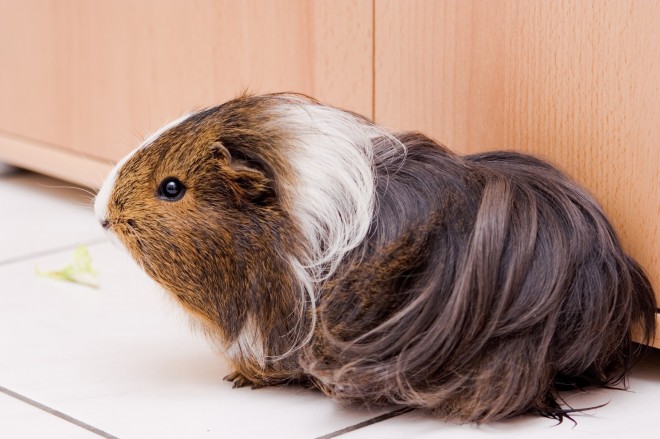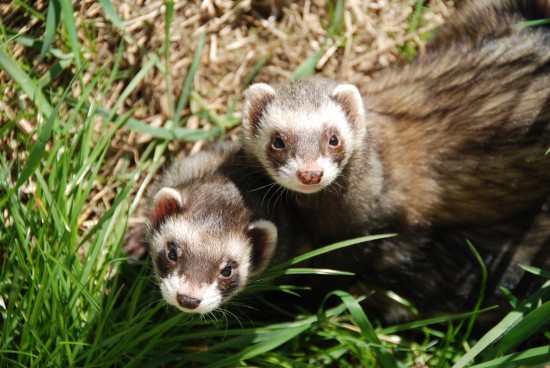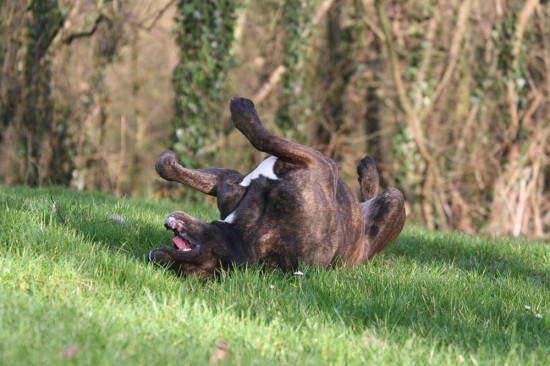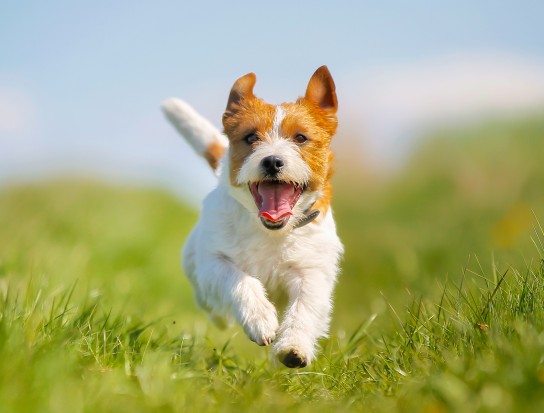
The art of riding is something that can take years of hard work, practice, training and dedication to achieve. This article is aimed toward any level of rider in order to explain and give better details and information about each gait of the horse.
The Paces
Most horses naturally have four paces such as the walk, trot, canter and the gallop. Though, some horses have a natural ‘pacing’ gait. The horse should be able to perform all of these gaits and with some variations of each. The horse should be moving forward with rhythm, impulsion and balance. Impulsion is defined as the power of a horse, which comes from the horse moving forward with energy. However, impulsion does not mean speed. A horse can only have impulsion if it’s using and moving from its hind end and the horse is round and on the bit, much like collection, which we will touch on.
The Walk
The walk is the slowest of the four gaits. It has even beats that you can count, 1, 2, 3, 4 while you are riding. In the walk, the horse always has at least two feet on the ground at the same time. If you watch a horse walking, you can see its whole body is in action. Even though it is the slowest gait, you as the rider, must be aware of your body as it follows the movement of the horse and be careful not to interfere with the horse’s movement.
The Trot
The trot is a two beat pace where the horse is springing from one pair of diagonal legs to the other with a moment of suspension in between. The right front and left hind leg should hit the ground at the same time and same for the left front and right hind leg. Think of the trot as you swinging your arms back and forth one at a time. A lot of riders find this the most difficult gait to master because it is the bounciest. Until you get used to it, the trot can feel bumpy and uncomfortable to sit to, but you will learn to rise to the trot called posting.
Posting trot means that you are slightly lifting yourself out of the saddle and taking your weight out of the stirrups as one pair of legs touches the ground and then sitting when the other pair lands the ground. You rise out of the saddle when the outside leg, or the leg that is closest to the fence, goes forward. This is called being on the correct diagonal. Glancing down at the horse’s shoulder allows you to see if the leg is moving forward or back. As the shoulder goes forward, you go up. Once you get the hang of posting, trotting is much more comfortable. You will also learn to sit to the trot, or siting trot. This just means that you keep your seat in contact with the saddle at all times.
The Canter
The canter is a three beat gait. There is a small time when all four legs are off of the ground. It is at the canter that the rider will first experience the thrill of riding a horse. The feeling of power and speed as the horse eats up the ground can give you a real buzz. The canter can also feel like a rocking chair. Despite the increase in speed, the rider can usually find the canter to be a smooth gait. The canter is more comfortable than the trot, but it can seem bouncy until the rider gets used to it. It is best when you ride the canter, to sit deep in the saddle, relax your back and follow the rocking movement of the canter.
There are two leads to the canter depending on which direction you are going. The correct lead is the leg that is closest to the inside. If you watch a horse canter in a circle, the horse should seem to be leading each stride with the inside leg. It looks as if the leading leg is extending more forward than the other front leg. The horse will feel more balanced and comfortable when it is on the correct lead.
Full Speed Ahead - The Gallop
The gallop is a four beat gait where each leg touches the ground separately. Think of a racehorse at the Kentucky Derby. They run at a full speed gallop that can reach almost 35 miles-per-hour. At the gallop the horse is at a full stretch and the horse lengthens out his body and neck and fully extends each leg. In order to gallop, you must have good balance on your horse.
When you do go into a gallop, you should bring your weight up out of the saddle, pushing your seat farther back and tucking your upper body in behind the horse’s neck, very much like a jockey, but with longer stirrups. This position is much like the position you would get into while jumping a horse called two-point or jumping position.
Variations Within each Gait
Each horse is capable of several variations within each gait. For example, the walk, trot and canter have working, collected and extended variations. As the horse increases in its training, he should be able to offer these variations without any struggle. When asking for these variations, you must think in terms of asking for impulsion and power rather than more speed.
The Working Gaits
The working gait is the pace that the horse naturally has. The horse should take nice relaxed strides and he should overtrack his steps, meaning his hind hoof should land ahead of where the front hoof print was. The working trot and canter is again, the natural pace the horse offers. The pace should be active with the horse maintaining the same pace and rhythm. It is relaxed but active at the same time.
The Collected Gaits
The collected gaits are mainly used in dressage. The horse is round and using his hind end. The horse does not slow its pace down, but rather shortens its stride. As for the collected gaits of the walk, trot and canter, these variations take time and practice. In these collected gaits, the horse shortens his whole entire outline and lowers his hind end and raising his forehead so that his neck is higher and arched. Imagine how a dressage horse carries his head. It is high and round. The horse takes shorter and rounder steps with more height and elevation in each stride.
The Extended Gaits
At the extended gaits, the horse stretches out his whole entire frame and takes the longest stride possible with maximum impulsion while still staying in balance with perfect rhythm. In the extended gaits, it may seem like the horse is moving at a much faster pace, but he is really moving with a lot of power and impulsion coming from his hind. The overall picture of the extended gaits is a long frame.
There are a lot of different gaits to work with when riding a horse. Knowing the variations within each gait will help you to know and understand how your horse moves. Once you have achieved the four basic gaits, you can then move on to master the variations within each one.
 Floor Time For Your Guinea Pig
Floor Time For Yo
Floor Time For Your Guinea Pig
Floor Time For Yo
 All About Ferrets - Quick Facts
All About Ferrets
All About Ferrets - Quick Facts
All About Ferrets
 The Secret Language Behind Five Common Dog Behaviours
The Secret Langua
The Secret Language Behind Five Common Dog Behaviours
The Secret Langua
 11 Ways To Minimise Exposure To Environmental Allergens In Dogs
11 Ways To Minimi
11 Ways To Minimise Exposure To Environmental Allergens In Dogs
11 Ways To Minimi
 Standard Poodles Puppies - The Intelligent and Playful Dogs Loved By All
Standard Poodles Puppies - The Intelligent and Playful Dog
Standard Poodles Puppies - The Intelligent and Playful Dogs Loved By All
Standard Poodles Puppies - The Intelligent and Playful Dog
Copyright © 2005-2016 Pet Information All Rights Reserved
Contact us: www162date@outlook.com